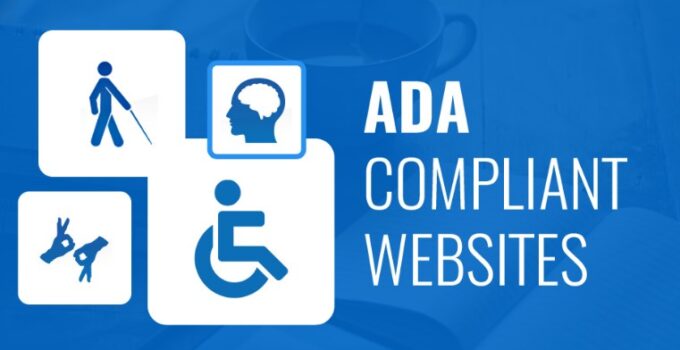With the digital age in full swing, it is no surprise that websites are a crucial part of any business. They provide customers with information about products and services, act as an online storefront, and allow companies to engage with customers through social media.
But with all its benefits, websites also have to stay up-to-date with current legal requirements. And one of those requirements is ADA compliance. ADA stands for the Americans with Disabilities Act and it requires companies to ensure that their website provides equal access and usability for people with disabilities.
In this blog post, we will explain what is ADA compliance and provide an overview of the requirements for website accessibility under the ADA and outline specific steps to ensure that websites are compliant.
What is ADA Compliance?
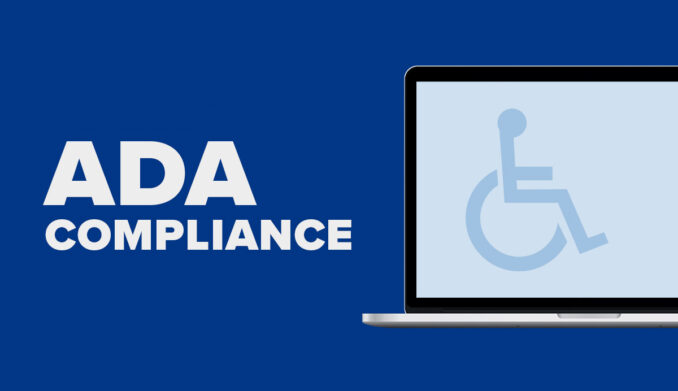
Source: appletoncreative.com
ADA compliance is a civil rights law that prohibits discrimination against individuals with disabilities in all areas of public life, including websites. It requires that web operators take reasonable steps to ensure that their websites are accessible to people with disabilities.
There are two types of website accessibility barriers that the ADA addresses: architectural barriers and technological barriers.
Architectural Barriers
Architectural barriers are physical features that make it difficult or impossible for people with disabilities to use the site.
Some common types of architectural barriers include:
– Websites that cannot be navigated using a keyboard.
– The ones that require users to click on small targets.
– The ones with text that is not resizeable.
– Websites where users cannot control time limits.
Technological Barriers
Technological barriers are problems with the way a website is designed or coded that make it difficult or impossible for people with disabilities to use the site.
Some common types of technological barriers include:
– Websites that are not compatible with screen reader software.
– The ones where videos do not have captions.
– The ones where images do not have alternative text descriptions.
– Websites where form fields are not labeled.
The ADA does not specifically list every type of architectural or technological barrier that must be removed in order for a website to be compliant. However, the Department of Justice (DOJ), which is responsible for enforcing the ADA, has issued guidance that lists some common types of accessibility barriers and provides examples of how they can be overcome.
Who is Covered Under the ADA?
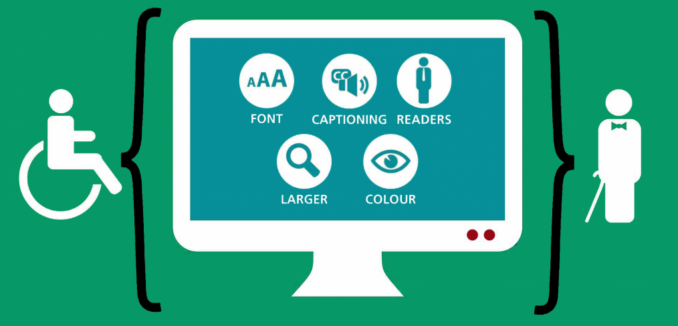
Source: damontelaw.com
There are four categories of disabilities covered under the ADA:
- Physical impairments that limit a person’s ability to move or perform manual tasks (e.g., someone who uses a wheelchair or has a prosthetic limb)
- Sensory impairments that limit a person’s ability to see, hear, or process information (e.g., someone who is blind or deaf)
- Cognitive impairments that limit a person’s ability to think, learn, or remember (e.g., someone with Alzheimer’s disease or dementia)
- Mental health conditions that limit a person’s ability to cope with day-to-day life (e.g., someone with anxiety disorder or depression)
What are Web Accessibility Standards?
There are a number of web accessibility standards that have been developed to ensure that people with disabilities can access the web. These standards include the Web Content Accessibility Guidelines (WCAG) 2.0, which is an international standard developed by the World Wide Web Consortium (W3C).
The WCAG 2.0 standard provides a framework for creating accessible web content. It includes guidelines for design, layout, and coding that can make web content more accessible to people with disabilities. The WCAG 2.0 guidelines are organized around four main principles: perceivable, operable, understandable, and robust.
There are also a number of other web accessibility standards that have been developed, including the Section 508 Standards in the United States and the European Union’s Directive on the Accessibility of Public Sector Websites.
How to Make Your Website Compliant with the ADA?
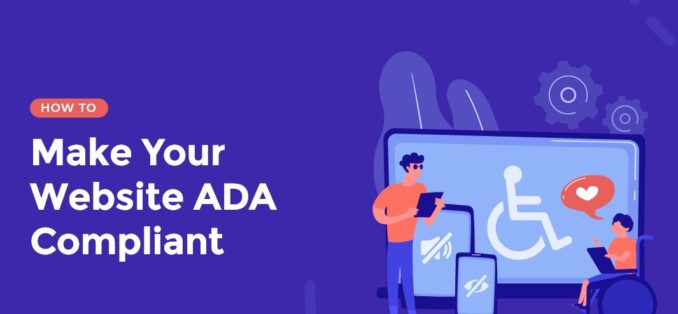
Source: joomdev.com
In order to make your website compliant with the ADA, you need to take a few steps.
– First, you need to make sure that your web is accessible to people with disabilities. This means ensuring that your website can be navigated using a keyboard and screen reader, and that it can be resized without losing functionality.
– Second, you need to provide alternative methods of accessing your content for people who are unable to use a standard web browser. This could include providing an audio version of your website or offering customer support through a text-based chat system.
– Finally, you need to ensure that any third-party services or plug-ins you use on your web are also compliant with the ADA.
Taking these steps will help ensure that everyone has equal access to your website, regardless of their ability level.
Tools for Checking Website Accessibility
- WebAIM Wave: This free tool allows users to identify and analyze website accessibility issues quickly and easily. It provides a detailed report on HTML, CSS, and PDF documents, as well as other elements of the website.
- Accessibility Insights for Web: This open-source tool from Microsoft helps developers find and fix accessibility issues in their web applications. It is available for Windows, Mac, iOS and Android platforms.
- WAVE Toolbar: This browser-based toolbar provides quick feedback on the accessibility of websites by displaying errors and warnings directly in the browser window.
- Axe Toolbar: This is another browser-based accessibility evaluation tool that’s designed to audit any page for accessibility problems, providing handy recommendations and explanations about how to address them.
Wrapping Up
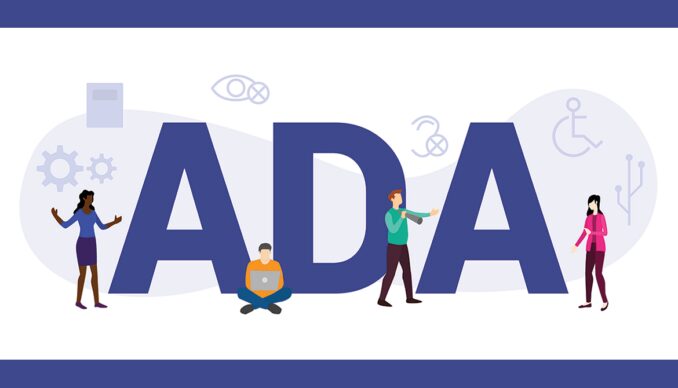
Source: cumanagement.com
As we said before, ADA compliance is an important consideration for all businesses with a website. It ensures that people with disabilities can access your web and take advantage of its content and services. To make sure your web is ADA compliant, you need to ensure that it can be navigated using a keyboard, provide alternative methods of accessing content, and make sure any third-party services you use are also compliant.
Additionally, there are tools available to help you check the accessibility of your website so that you can identify and fix any issues quickly and easily. Making your website accessible not only meets legal requirements, but also shows customers that you value their needs.


